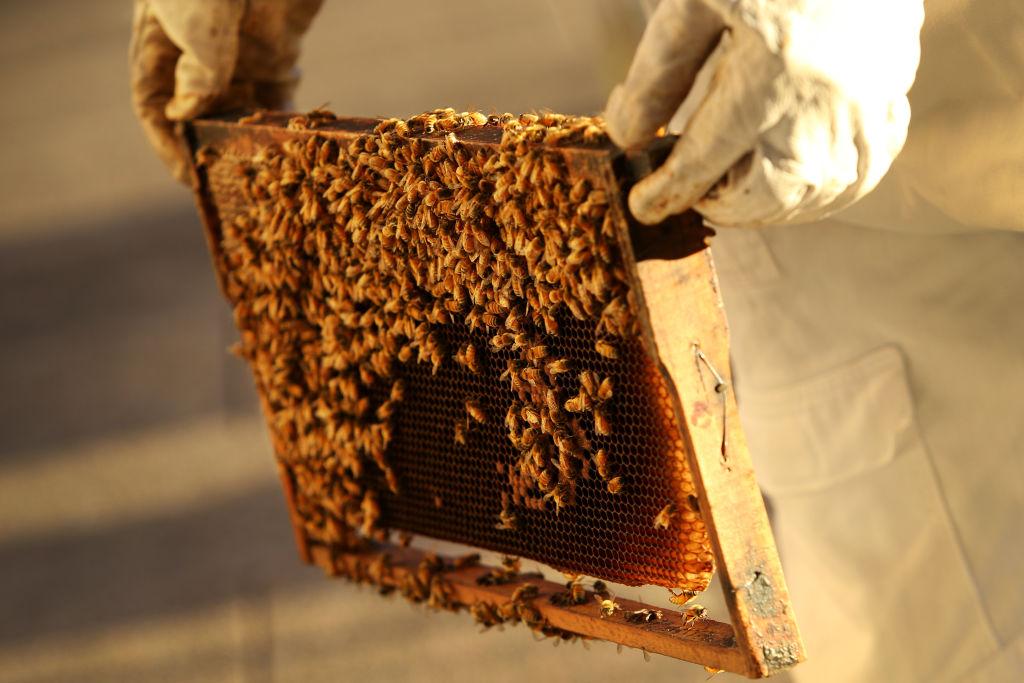Commentary
Australia was (until recently) the sole major honey-producer in the world free from Varroa mites (also known as “varroa destructors”) after New Zealand fell to infection in 2000.

Australia was (until recently) the sole major honey-producer in the world free from Varroa mites (also known as “varroa destructors”) after New Zealand fell to infection in 2000.